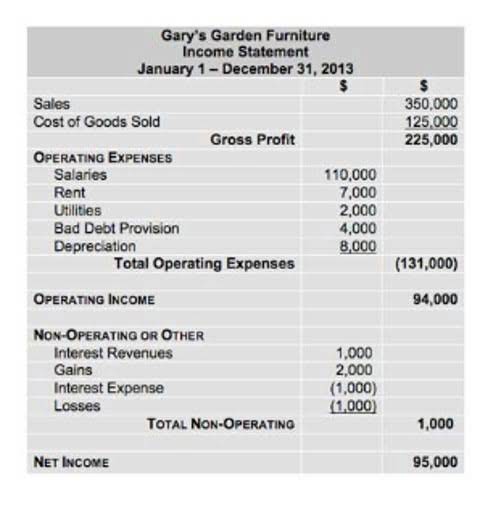Understanding Progressive, Regressive, and Flat Taxes

The major difference between regressive and progressive taxes is who pays more. Sales taxes are typically regressive proportional taxes because everyone pays the same rate, regardless of income. One is that it divides people into categories that make them unequal.
- They may result in a proportionately higher tax burden on lower-income individuals.
- These public goods and services can include infrastructure projects, environmental protection initiatives, and national defense.
- Thus, during inflation, those affected by progressive tax rates pay higher than the proper value initially set for them.
- Proponents of proportional taxes believe they stimulate the economy by encouraging people to work more because there is no tax penalty for earning more.
- Such a plan would add $291 billion to federal revenues between 2019 and 2028.
Horizontal Equity, Vertical Equity, and Taxes

The policy aims to end or reduce the benefit of shielding profits in tax havens, but each country must implement it locally. President Joe Biden’s push, Congress has not yet changed U.S. tax law to conform to the 15 percent rate. When the prime minister disclosed his personal tax affairs, there was the inevitable outcry that by generating most progressive tax of his income from capital gains on share sales he paid a 20pc rate, half the higher rate of income tax. For some perspective on different state taxes, let’s run the same example with Arkansas, where the standard deduction is $2,200, making our taxable income $57,800. California has the highest income tax rate, 9.3%, on incomes over $100,000.

How to move your money to America – and escape high-tax Britain
However, income taxes are only proportional within specific income ranges. At the highest income tax rate, income taxes can become regressive, since high earners are only subject to a constant albeit highest rate on their income. For example, income from $500,000 and above will be subject to the same rate, making the overall tax burden as a proportion of income higher for the individuals on the starting point of the range. But how much of an impact they have depends on the tax system used and how much you make.
Labour manifesto: What they plan to do in government
Tax incidence falls mostly upon the group that responds least to price (the group that has the most inelastic price-quantity curve). If the demand curve is inelastic relative to the supply curve the tax will be disproportionately borne by the buyer rather than the seller. If the demand curve is elastic relative to the supply curve, the tax will be borne disproportionately by the seller. Or in the case of sales tax, even though it is uniform, whether it be 7% or 5%, lower-income consumers are more affected.
Tax policy shapes incentives to work, invest and innovate, affecting economies’ growth potential
Both individuals would pay the same amount of sales tax on an identical bag of groceries even if one earns $300,000 a year and the other earns $30,000. But the less wealthy individual has shelled out a greater percentage of their income to purchase that food. These tax rates and tax brackets are subject to change each year, so make sure you have the most up-to-date information. A single taxpayer with a taxable income of $50,000 in 2023 does not pay the full 22% rate for their income.
Regressive vs. Proportional vs. Progressive Taxes: An Overview

A third alternative is a tax on income including unrealized capital gains, subjecting the super-rich to a minimum individual tax rate. For instance, earlier this year, the Biden administration proposed a new 25 percent minimum income tax on taxpayers with wealth over USD 100 million to avoid loopholes. State income tax rates vary, but on the low end is North Dakota with a tax rate of 2.9%. On the high end, California residents who earn more than $1 million pay 14.4%. Advocates of flat taxes argue that the simplicity and transparency of this system can reduce compliance costs, stimulate economic activity, and attract economic investment. By taking the wealthiest a lower amount, more money from these people can be put into the economy to drive job growth and business development.
Who Has to File and Pay Federal Income Tax?
A lower-income person has more access to tax deductions than a higher-income person. Tax incidence or tax burden does not depend on where the revenue is collected, but on the price elasticity of demand and price elasticity of supply. In the example provided, the tax burden falls disproportionately on the party exhibiting relatively more inelasticity in the situation. This characteristic results in a reduction of the ability of the party to participate in the market to the level of willingness that would have been present in the absence of the tax.



